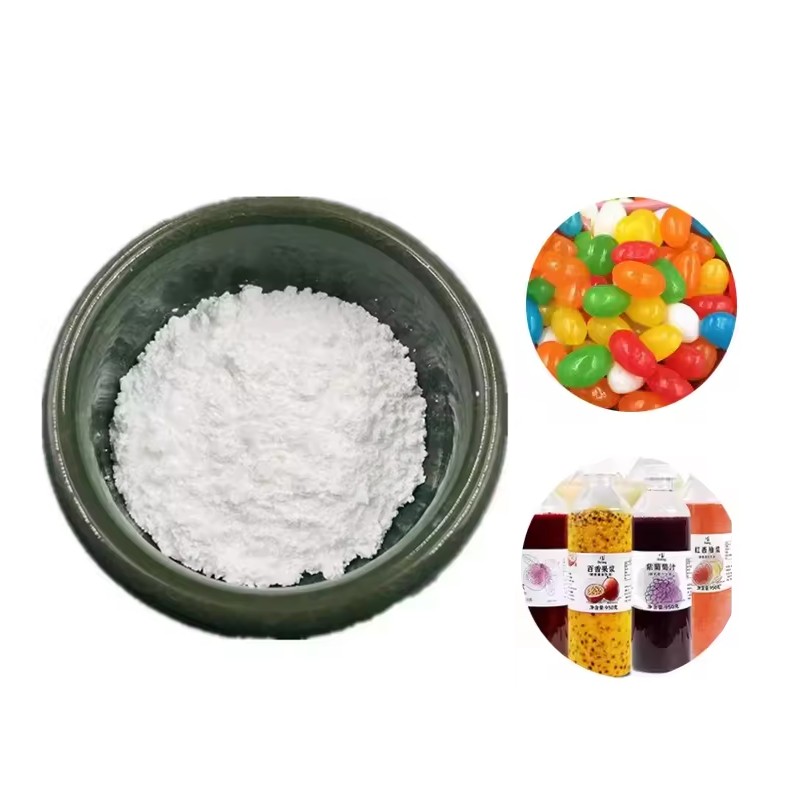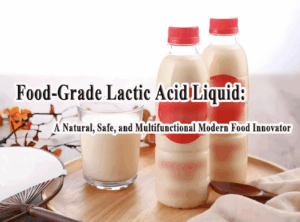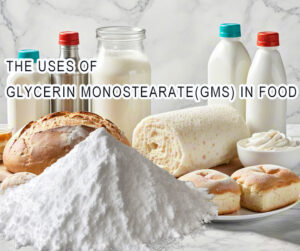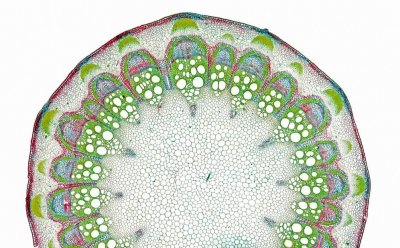
When it comes to Lignosulfonates, everyone will think of lignin, which is the most abundant renewable resource in the world.
At the same time, lignin is also the world’s largest aromatic compound, and lignin is widely found in wood and bark. It gives the plant a hard property to maintain the weight of the plant. It is one of the main components of the plant’s cell wall. Just like the calcium in our bones, when we have lack calcium a variety of situations will happen to our bones. In severe cases, getting out of bed is even difficult.
A similar situation can occur in plants lacking lignin. Plants lacking lignin can easily fall down, leading to crop yield reductions, etc. At the same time, due to the chemical properties of lignin, insoluble and complex phenolic polymers make lignin hydrophobic and enhance antiviral ability.
Lignosulfonati
Lignin is a novel linear polymer compound obtained by sulfonation to obtain Lignosulfonates .
They are usually by-products of sulfite process paper pulp. In the wastewater produced by papermaking, since lignin is insoluble in water, Lignosulfonates can be dissolved in aqueous solution.
Therefore, the Lignosulfonates can be separated from the cellulose after being dissolved in water, and processed through a series of processes.
It is usually characterized by a yellow-brown solid powder and a viscous liquid. Lignosulfonates solids are widely used in the industry and are one of the most popular anionic surfactants in the world today.
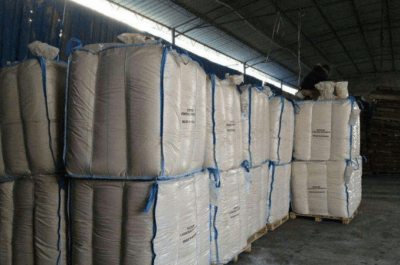
Application of Lignosulfonates
Since the Lignosulfonates is a linear polymer compound, the Lignosulfonates can be dissolved in various pH aqueous solutions.
The most typical application is that it can be used as a concrete water reducer, which can be blended with 0.2-0.3% cement, which can reduce the water consumption by 10%-15%.
It can also improve the quality of the project and suppress the loss of collapse. The lignin iodate can also be widely used as a binder in a mixture of iron, steel and other non-ferrous metal castings.
It can also be used as a sizing agent for cellulose bases in textile applications, that is, it can help these colorful cellulose bases to be successfully attached to textiles.
Of course, there are still many applications of lignin point sulfonate in the industry. I will not list them here. If you have some new ideas to add to us, you can contact us at any time.
The significance of Lignosulfonates for the environment
The greatest significance of Lignosulfonates to the environment is as a water reducer and binder for concrete, because of its anionic active surface can absorb most dust, lignin iodine is added during construction or other applications. Salt can effectively control dust.
As a natural binder, its application replaces the application of some formaldehyde polymers in concrete, and the synthesis of lignin iodine salt is generally extracted from industrial wastewater, so no matter in the control of dust,
It is also a synthetic method of waste utilization. Lignin iodine yellow salt is a macromolecular polymer that is particularly friendly to the environment, and has also received extensive international attention.

Development of lignin iodine yellow salt
Today, as the environment is increasingly polluted, dust and global warming in the air are the primary concerns of humanity today. Just two days ago, the Indian capital reached the most serious dust pollution in history. These are issues that we should pay attention to. It is also a matter of concern to the United Nations and the world.
As far as new energy is concerned, as small as the garbage classification in our daily life, environmental protection has become a trend in our daily life. In industry, lignin iodine yellow salt has received great attention.
At present, China’s Lignosulfonates has been widely praised by the international community, and its output has leapt to the world’s first level. With the increasing emphasis on the environment in the world, as a new environmental protection material is rapidly developing, I believe that soon. This kind of environmentally friendly substance is universally applied to every bit of our lives.

